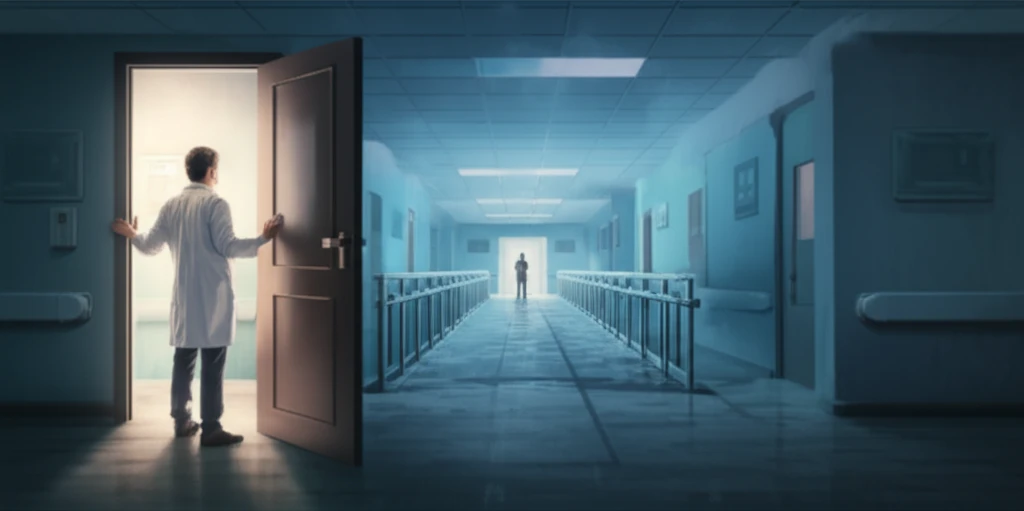
Opioid Treatment: Bridging the Gap Between Doctors and Patients
"Uncover the surprising differences in how doctors and patients perceive the risks of opioid therapy, and how this disconnect impacts safety and treatment outcomes."
Chronic pain affects millions, and opioid prescriptions are a common treatment, especially in primary care settings. However, for patients with a history of substance use, this treatment path becomes more complex. Safety-net clinics, which serve low-income populations, often face the challenge of managing chronic non-cancer pain (CNCP) and substance use without specialized resources.
Recent research has uncovered a significant disconnect between how primary care practitioners (PCPs) and their patients perceive the risks associated with chronic opioid therapy. This difference in understanding can hinder effective communication, impact treatment adherence, and potentially compromise patient safety.
This article explores these differing perceptions, drawing from a study of PCPs and patients in San Francisco Bay Area safety-net clinics. We'll delve into the specific concerns of both groups and discuss strategies for bridging the gap to create safer, more effective opioid treatment plans.
The Divide: How Doctors and Patients See Opioid Risks Differently

A study was conducted involving interviews with 23 PCPs and 46 of their patients, all of whom had a history of both CNCP and substance use. The results revealed key differences in their perceptions of opioid risks.
- Doctor's Main Concerns: PCPs primarily worried about causing harm through unintentional overdose, patient addiction, and community harm via opioid diversion. They also expressed concerns about legal repercussions related to prescribing opioids, especially to patients with substance use histories.
- Patient's Main Concerns: Patients, however, did not highlight the adverse health consequences of opioids as much, except for the fear of addiction. But they fear being labeled as addicts and being targeted by monitoring policies because of their histories of substance use. They expressed concern about medicolegal issues and how it might change their policy.
- Shared Concerns: Both PCPs and patients were concerned about PCPs' medicolegal risks related to opioid prescribing.
Bridging the Gap: Towards Safer and More Effective Opioid Treatment
The study's findings underscore the importance of open and honest communication between PCPs and patients. To improve the informed consent process for opioid therapy, it's crucial that both parties have a shared understanding of the risks and benefits.
Here are some actionable steps that clinics and practitioners can take:
<ul> <li><b>Open Dialogue</b>: Facilitate discussions that promote patient autonomy and safety, allowing patients to voice their concerns and perspectives without fear of judgment.</li> <li><b>Address Stigma</b>: Develop communication strategies that educate patients about opioid risks while reducing experiences of stigma and discrimination.</li> <li><b>Comprehensive Education</b>: Provide thorough education on the risks of overdose, addiction, and diversion, tailored to the patient's individual circumstances.</li> <li><b>Naloxone Co-Prescription</b>: Consider co-prescribing naloxone, an opioid antagonist, to patients at high risk of overdose, and educate them on its use.</li> </ul> By addressing these issues, clinics can create a more collaborative and supportive environment for managing chronic pain and substance use.
